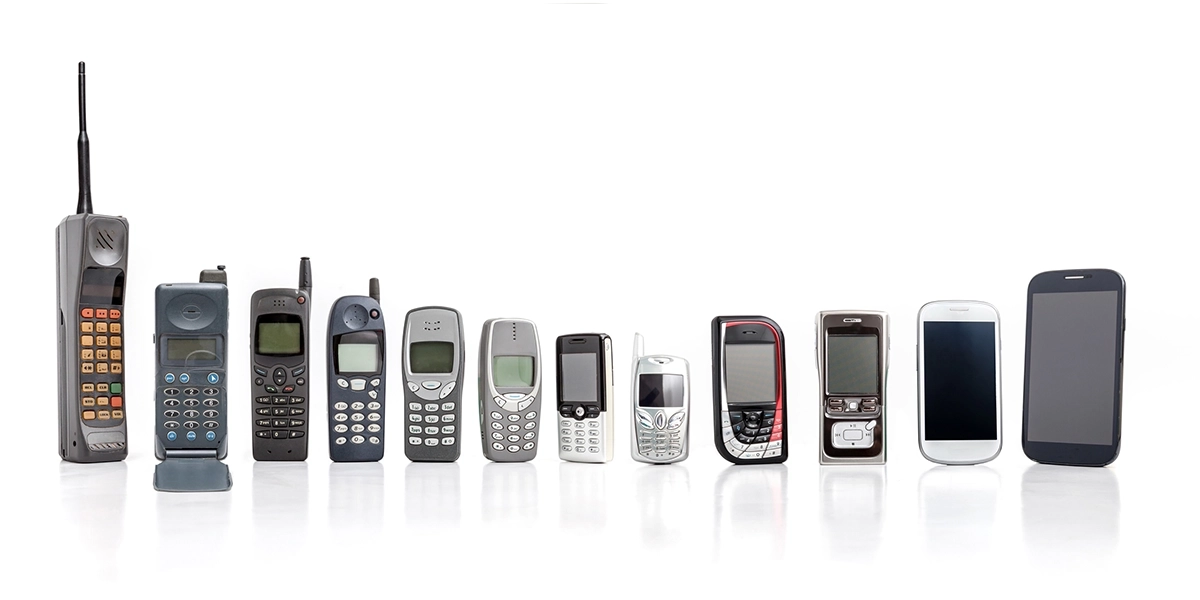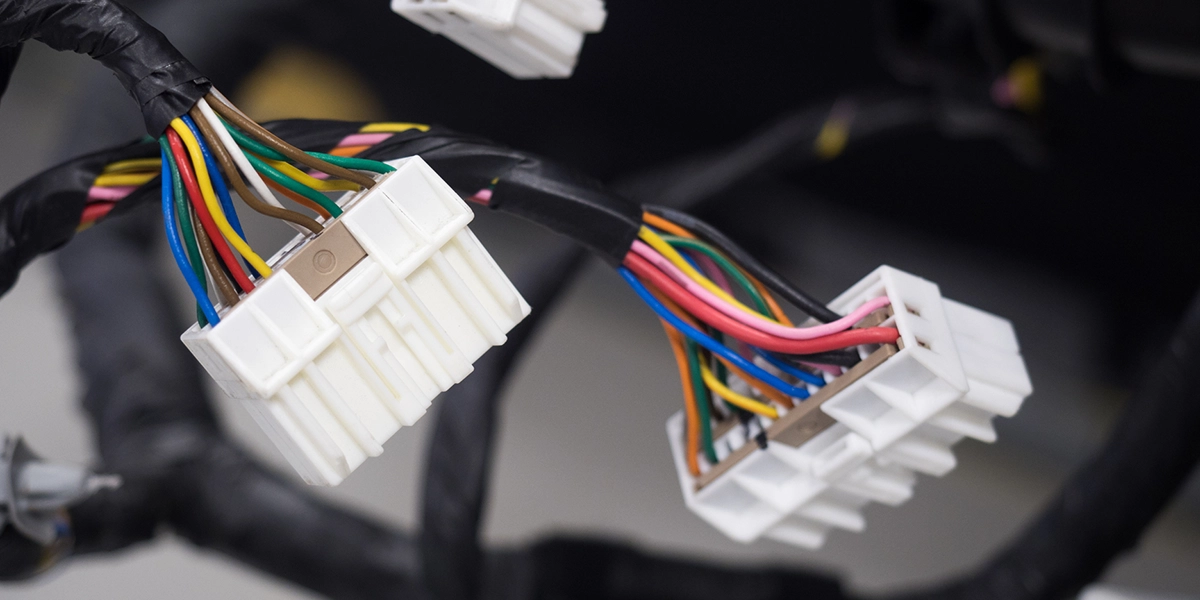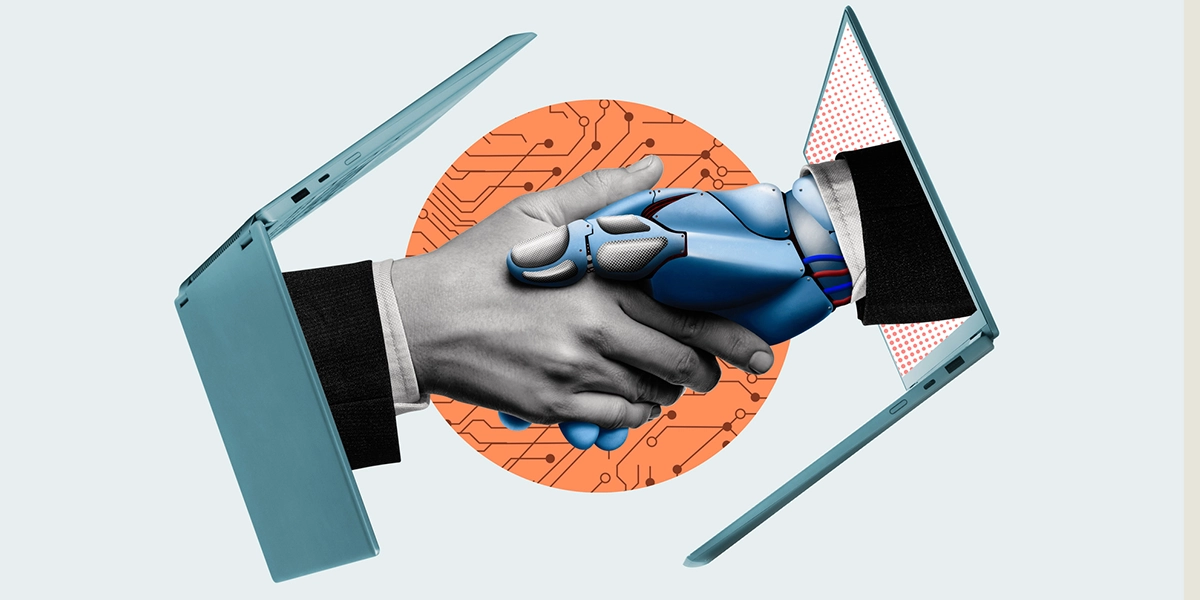Technophobia
Technophobia: it’s a purchase deterrent, it works against customer satisfaction, and, just to make things more interesting, it is not distributed evenly within your customer base. As the gap widens between those born during the era of connected technology and those born prior, we see an ever-starker disparity between those comfortable with modern technology and those who fear it. Technologically avoidant users account for a proportion of un-explored product features and customer dissatisfaction. However, many companies fail to realize how much of this fear of technology indicates a need for better product support.
- “All the whiz-bang technology automakers pack into their cars is going largely unused,” screamed J.D. Power’s

Driver Interactive Vehicle Experience Report from 2015. “Not only are automakers investing tons of money to improve and enhance these features, but we’re paying extra for it at the dealership and still not using it.”
- Well, okay, 2015. That’s a while ago, when many advanced vehicle features were just hitting the market. Surely people have gotten more comfortable with advanced features since then. Surely usage metrics have gone up.
Actually, no. And don’t call me Shirley. One recent feature on Jalopnik stated half of all car buyers won’t go near new vehicle technology. But would they if they simply had a better handle on it? Would feature use increase with better product support, if companies did more to explain feature benefits and operation?
Age Gap, Comfort Gap
Some people—namely those of older generations—develop feelings of anxiety or dread surrounding new technology. In fact, there’s a term for the fear of technology: Technophobia. An estimated one-third of the population is thought to be affected by some degree of technophobia.
In fact, we all face some level of nervousness or uncertainty when confronting a brand-new device or program. In today’s ever-evolving world of tech, trying to keep up can be overwhelming—and, if you’re not a pro, extremely discouraging.

The Value of Usability
Technological evolution has accelerated to an unprecedented rate. However, similar patterns and concerns emerged during the Industrial Revolution, when machines began to replace hand-production methods. When the automobile first appeared it was common for troubled pedestrians to shout, “Get a horse!” Technophobia is nothing new—and nothing that can’t be overcome.
In fact, the more a product concerns itself with usability and user experience, the more quickly it’s adopted. Look at the iPhone, a product whose sole purpose is to make features easier to access, easier to use and easier to understand. Despite offering a completely alien product experience in 2008, the iPhone spread like wildfire. It popularized an entirely new product category and just might be the device upon which you’re reading this article.
Three Steps to Reduce Technophobia
There are three ways to a user’s heart:
- The product or feature’s value and benefit must be immediately identifiable, and…
- Product operation must be extremely intuitive, or if it is not…
- Product support must be extremely easy to find and understand.
Without item one, no amount of anything shy of a glowing celebrity endorsement is going to get people to use the product (and even then you’re looking at short-term fad use).
Assuming item one is in place, then, you’ve got to have the second or third item on the list. Even if the product or feature is intuitive and easy to use, product support is a must-have. It’s the user’s lifeline during instances of sudden malfunction or momentary frustration.

IN-VEHICLE DISORIENTATION
Returning to automotive, we see the rapid development of in-vehicle technology. Navigation, calling and texting, around-view cameras, even autonomous and semi-autonomous driving features are now accessible from the center console. Imagine growing up in the 1930s, when A/C was unheard of and was only just becoming the norm to own a car at all.
Brands like Chevy and Nissan now offer Alexa Built-in, providing the ability to operate your in-home Alexa devices or even access your Amazon shopping cart from inside the vehicle.
ALEXA, You’re FREAKING ME OUT
But a recent report from Ipsos showed that, although there is widespread interest in autonomous vehicles, the U.S. expresses “higher levels of resistance” than most nations. The survey interviewed more than 21,000 adults across 28 countries and showed almost one in four Americans “would never use” an autonomous vehicle.
- “The spread of sensors that can track everything from powertrain performance and operational statistics to geolocation information and occupant wellness raises questions about data privacy and security.” 63 percent of U.S. consumers say they’re concerned about biometric data captured by a connected vehicle being shared with external parties.

This suggests technological discomfort may only increase in coming years. Which, in turn, only highlights the need for better product support solutions. Could the same in-vehicle technology that alarms customers be used to serve product support information? Could multi-channel delivery provide product support info in a context-sensitive way, so that a user who’s driving might receive spoken instructions, while a driver who’s parked might receive video information on their touchscreen, and someone looking up info on their phone might have the opportunity to choose their preferred information format?
Clearly, unexplored opportunities exists to make product information more accessible for consumers, and it’s easy to see how better product support strategies could eliminate technophobia.

Eliminating Customer Technophobia
As composer John Cage aptly put it: “I can’t understand why people are frightened of new ideas. I’m frightened of the old ones.” Which begs the question—are consumers really to blame for the slow adoption of new features and technology, or are manufacturers simply dropping new tech into the marketplace without properly considering the user/buyer/consumer’s product experience?
In order to remove the fear of technology and encourage confident adoption of groundbreaking new systems, automotive companies need to step up to answer consumers’ questions and provide assurance of their tech’s safety and practicality.



